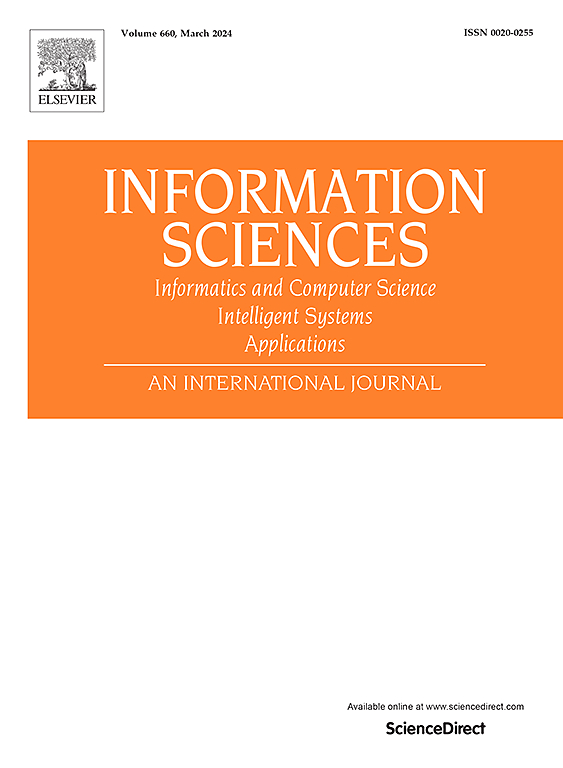基于双频自注意网络的序列推荐长短期偏好建模
IF 6.8
1区 计算机科学
0 COMPUTER SCIENCE, INFORMATION SYSTEMS
引用次数: 0
摘要
顺序推荐的目的是分析用户的交互顺序,以捕捉他们持续的长期偏好和动态变化的短期偏好,从而为下一个项目推荐。最近的研究将重点转移到频域,以进一步挖掘用户复杂的历史交互行为。然而,大多数现有的基于频率的方法不能明确区分用户序列中与长期偏好相关的低频信息和与短期偏好相关的高频信息。因此,他们无法准确地对这些偏好进行建模,从而限制了模型的性能。为此,我们提出了一种新颖而简单的基于双频自注意网络(DFSNet)的顺序推荐模型。DFSNet包括低频率和高频自关注模块,它们分别从用户序列中提取相应的组件,以模拟长期和短期偏好。此外,考虑到序列中可用的频率信息有限,我们引入对比学习,从DFSNet产生的偏好表示生成自监督信号。这种方法在不破坏序列结构的情况下进一步加强了长期和短期偏好的建模,从而对推荐性能产生了积极的影响。在四个公共数据集上进行的大量实验表明,DFSNet在平衡精度和效率的同时优于强基线,证实了其有效性。本文章由计算机程序翻译,如有差异,请以英文原文为准。
Long- and short-term preferences modeling based on dual-frequency self-attention network for sequential recommendation
Sequential recommendation aims to analyze users’ interaction sequences to capture their sustained long-term preferences and dynamically changing short-term preferences for the next item recommendation. Recent studies have shifted their focus to the frequency domain to further mine users’ complex historical interaction behaviors. However, most existing frequency-based methods cannot explicitly distinguish the low-frequency information associated with long-term preferences from the high-frequency information associated with short-term preferences in user sequences. Consequently, they are unable to accurately model these preferences, thereby limiting the performance of the models. To this end, we propose a novel yet simple model based on Dual-Frequency Self-Attention Network (DFSNet) for sequential recommendation. DFSNet comprises low- and high-frequency self-attention modules that separately extract the corresponding components from user sequences to model long- and short-term preferences. Additionally, considering the limited frequency information available within sequences, we introduce contrastive learning to generate self-supervised signals from the preference representations produced by DFSNet. This approach further strengthens the modeling of both long-term and short-term preferences without disrupting the sequence structure, thereby positively impacting the recommendation performance. Extensive experiments on four public datasets indicate that DFSNet outperforms strong baselines while balancing accuracy and efficiency, confirming its effectiveness.
求助全文
通过发布文献求助,成功后即可免费获取论文全文。
去求助
来源期刊

Information Sciences
工程技术-计算机:信息系统
CiteScore
14.00
自引率
17.30%
发文量
1322
审稿时长
10.4 months
期刊介绍:
Informatics and Computer Science Intelligent Systems Applications is an esteemed international journal that focuses on publishing original and creative research findings in the field of information sciences. We also feature a limited number of timely tutorial and surveying contributions.
Our journal aims to cater to a diverse audience, including researchers, developers, managers, strategic planners, graduate students, and anyone interested in staying up-to-date with cutting-edge research in information science, knowledge engineering, and intelligent systems. While readers are expected to share a common interest in information science, they come from varying backgrounds such as engineering, mathematics, statistics, physics, computer science, cell biology, molecular biology, management science, cognitive science, neurobiology, behavioral sciences, and biochemistry.
 求助内容:
求助内容: 应助结果提醒方式:
应助结果提醒方式:


